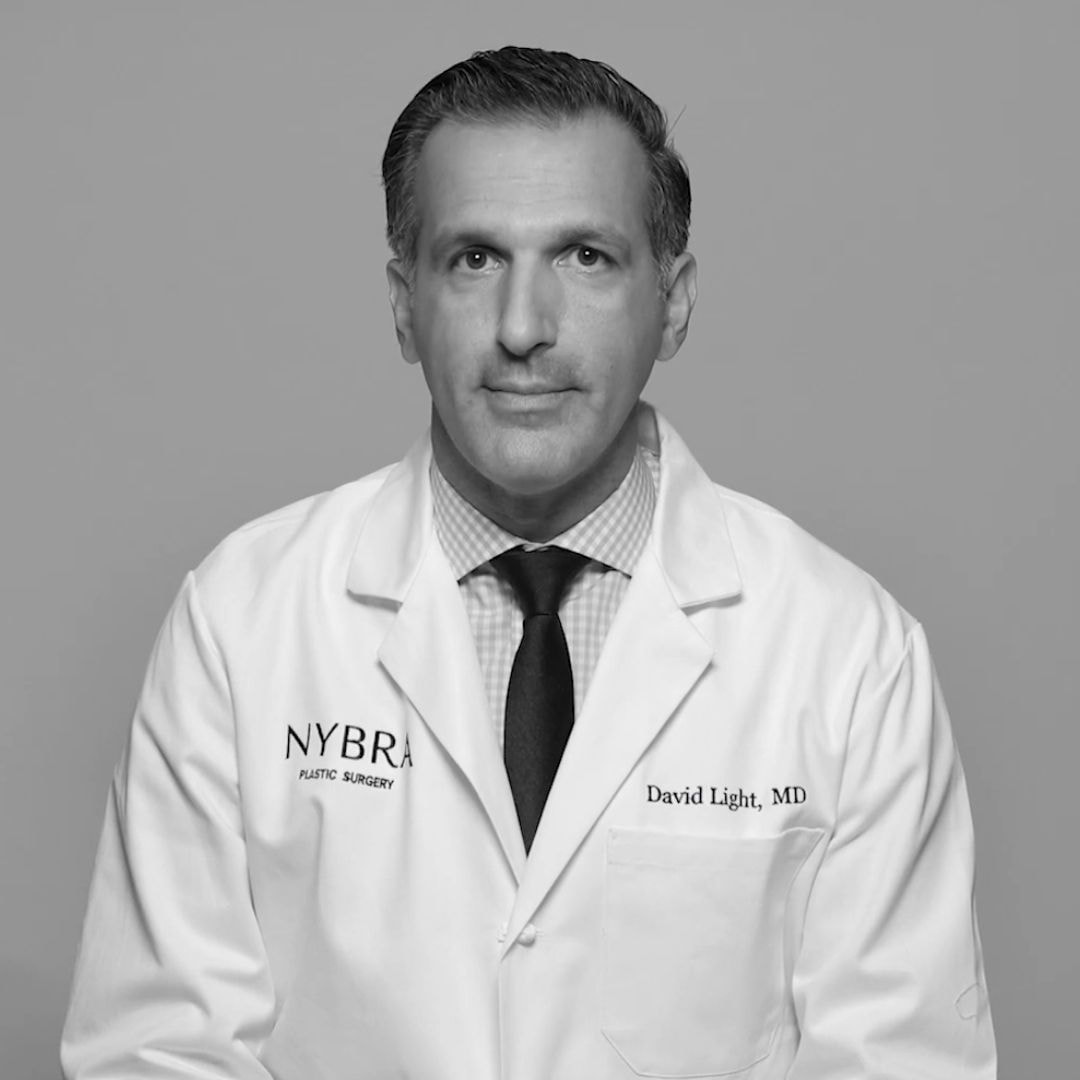When discussing options for breast reconstruction, patients often asked what is the most common performed natural tissue reconstruction. In my practice, that is the deep inferior epigastric perforator flap. The DIEP flap has a number of advantages. Thanks to identical positioning for both a mastectomy and DIEP flap, I am able to work simultaneously with the breast surgeon, making the procedure more efficient. The fat in the lower abdomen is also soft and very similar to the fat found in the breast, making abdominal tissue an ideal choice to replace breast tissue.
A modern DIEP flap involves more than just transferring skin and fat from the abdomen to the breasts. Care is taken to meticulously preserve the blood vessels we need for the flap and minimize any disruption to the abdominal muscles. We are also meticulous about preserving the nerves to the abdominal muscles to ensure the patient’s abdomen is fully functional following surgery. We not only concentrate on shaping the breast but also on optimizing the appearance of the abdomen, truly working towards a result that looks more like a cosmetic abdominoplasty then a reconstruction. The final piece of the puzzle for breast reconstruction is restoring sensation.
For years, I have been reconnecting the sensory nerves in the breast that were cut during the mastectomy to sensory nerves found in the natural tissue flap or under the patient’s nipple and areola. This reinnervates the flap tissue with nerves that previously innervated the breast. As sensation in the reconstructed breast improves, so does the patient’s sense of physical well-being and the feeling that the reconstructed breast is their “own.”
I’ll will be talking more about what goes into a successful DIEP flap, including how to optimize breast shape, preserve and muscle tone & avoid abdominal wall bulges after mastectomy. You can follow me on Instagram @dr.davidlight or visit NYBRA.COM for more information.




Leave A Comment